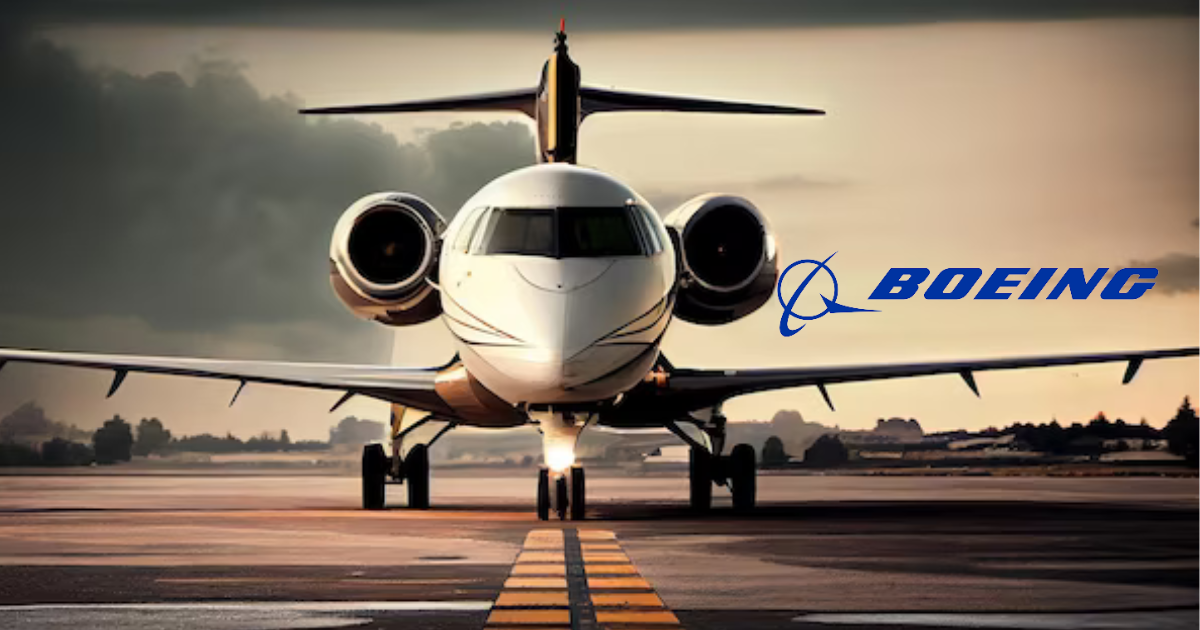Boeing News
Boeing’s Starliner spacecraft is set for a third attempt to fly astronauts to space for the first time on Wednesday, marking a crucial milestone in the aerospace giant’s efforts to compete with Elon Musk’s SpaceX. This much-anticipated mission is a pivotal moment for Boeing, as it seeks to establish itself as a reliable player in the commercial space sector.
The Road to the Crewed Mission
The Starliner program has faced numerous challenges since its inception. The first uncrewed test flight in December 2019, known as Orbital Flight Test (OFT), encountered significant issues, including software errors that prevented the spacecraft from reaching the International Space Station (ISS). A second attempt, OFT-2, was planned but encountered delays due to valve issues in the spacecraft’s propulsion system.
Despite these setbacks, Boeing has remained committed to the Starliner program. Over the past few years, the company has worked diligently to address the technical problems and improve the spacecraft’s systems. Extensive testing and multiple reviews by NASA and Boeing engineers have paved the way for this upcoming crewed mission, officially named Crew Flight Test (CFT).
Competition with SpaceX
Boeing’s Starliner is part of NASA’s Commercial Crew Program, which aims to develop safe, reliable, and cost-effective transportation to and from the ISS. SpaceX’s Crew Dragon, the primary competitor, has already successfully transported astronauts to the ISS multiple times since its first crewed flight in May 2020. SpaceX’s consistent performance has set a high bar for Boeing, making the success of the Starliner mission critical for maintaining competitive parity in the commercial spaceflight industry.
Preparing for Launch
The upcoming Starliner mission will carry two NASA astronauts, Barry “Butch” Wilmore and Michael Fincke, to the ISS. Their journey will be a test of the spacecraft’s capabilities, including its launch, docking, and re-entry procedures. Successful completion of this mission will validate the Starliner’s design and operational readiness, paving the way for regular crewed missions in the future.
Boeing has implemented several changes to ensure the mission’s success. These include software updates, enhanced pre-flight testing procedures, and rigorous inspections of the spacecraft’s hardware. NASA and Boeing teams have also conducted joint simulations to prepare for various scenarios that might arise during the mission.
Looking Ahead
A successful crewed flight would be a significant achievement for Boeing, demonstrating its ability to overcome past challenges and deliver on its commitments to NASA and the broader space community. It would also bolster confidence in the Starliner program and position Boeing as a formidable contender in the commercial space race.
Moreover, the success of the Starliner mission holds broader implications for the future of space exploration. With multiple companies capable of transporting astronauts to the ISS, NASA can focus more resources on its Artemis program, which aims to return humans to the Moon and eventually send astronauts to Mars.
BA Stock Forecast & Analysis
Based on the stock forecast from 21 analysts, The Boeing Company (BA) has an average target price of USD 236.60 over the next 12 months, indicating a potential upside of approximately 25.4% from its last closing price of USD 188.62. Analysts have given Boeing a “Strong Buy” rating, suggesting a high level of confidence in the company’s future performance. This optimism could stem from expectations of recovery in the aviation industry, new orders, or successful resolution of past production issues.
Contrastingly, Stock Target Advisor’s analysis of Boeing is “Slightly Bearish,” driven by a mix of four positive and nine negative signals. Positive signals might include favorable financial metrics, positive market trends, and strong industry performance. However, the negative signals are more numerous and potentially more significant, highlighting concerns such as high debt levels, weak earnings performance, cash flow issues, stock volatility, and broader macroeconomic factors. These negative aspects suggest underlying challenges that could affect Boeing’s long-term performance.
Recently, Boeing’s stock has shown some positive momentum, with a 7.73% increase over the past week and a 4.91% rise over the past month. Despite these short-term gains, the stock price has declined by 11.58% over the past year, reflecting potential ongoing issues such as supply chain disruptions, production delays, or broader economic impacts.
As Boeing prepares for the third attempt to launch the Starliner with astronauts on board, the stakes are higher than ever. This mission represents not only a test of technology but also a testament to the resilience and determination of all involved. A successful launch would not only mark a new chapter in Boeing’s storied history but also strengthen the foundation for future advancements in human spaceflight.
The eyes of the world will be on Boeing and its Starliner spacecraft this Wednesday. A triumph here could propel the company to new heights in the commercial space industry, proving that perseverance and innovation can overcome even the most daunting of challenges.

STA Research (StockTargetAdvisor.com) is a independent Investment Research company that specializes in stock forecasting and analysis with integrated AI, based on our platform stocktargetadvisor.com, EST 2007.
































